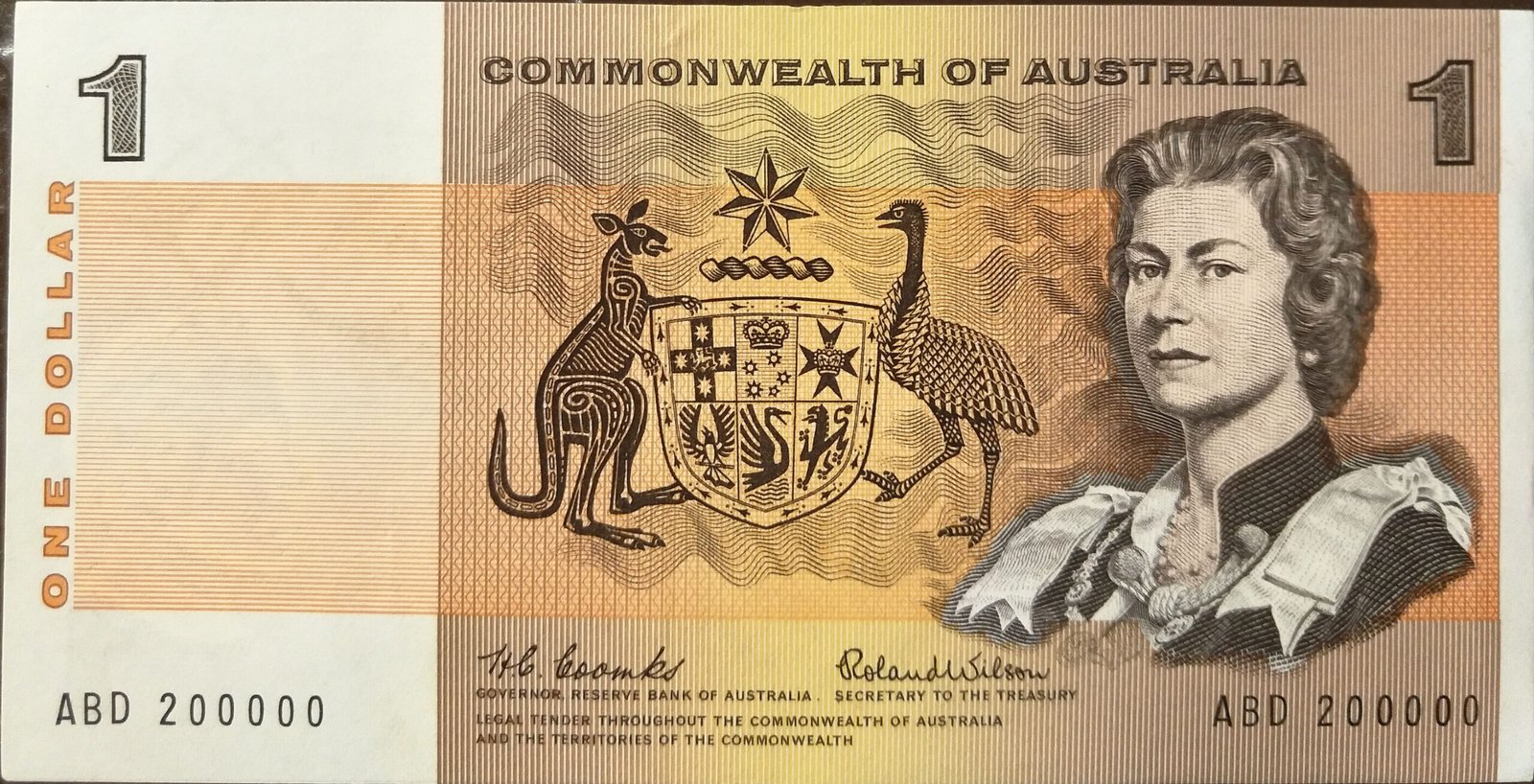Australian Dollar Finds Strength As Firm Domestic Jobs Data and Lessening Global Trade Tensions Boost AUD vs. USD
Australian Dollar (AUD) is gaining strength versus the US Dollar (USD) as better-than-anticipated domestic jobs data and lessening global trade tensions provide support. In April, Australia created 89,000 jobs—well above the predicted 20,000—while unemployment remained at 4.1%. This strong labor market performance, combined with the easing of US-China trade tensions and the removal of tariffs, has strengthened risk appetite among investors, underpinned demand for risk-sensitive currencies such as the Aussie. Despite softening market expectations for interest rate reductions by both the US Federal Reserve and the Reserve Bank of Australia, the AUD/USD pair is trading around 0.6440 and could retest key levels of resistance if good momentum persists. KEY LOOKOUTS • Markets currently anticipate the Reserve Bank of Australia (RBA) to lower the cash rate to approximately 3.1% by the end of the year, with a 25-basis-point reduction most likely at the next policy meeting. Any variation from this might affect AUD performance. • Traders will watch closely for the next US Retail Sales and Producer Price Index (PPI) releases for April, which might change sentiment around the US Dollar and affect AUD/USD movement. • The initial US-China tariff rollback deal is improving risk sentiment; further advances—or setbacks—have a real chance of influencing the Australian Dollar in a substantial way. • AUD/USD is reaching pivotal resistance at 0.6515. A sustained break above this level would serve to induce further advancement towards the seven-month high of 0.6687. Australian Dollar’s direction will depend on a number of crucial factors. The Reserve Bank of Australia’s next policy decision is in sharp focus, as markets are pricing a 25-basis-point rate cut, although better domestic data might alter the bank’s tone. On the international front, de-escalating US-China trade tensions remain supportive of risk appetite, but any reversal has the potential to easily spoil AUD gains. Meanwhile, future US economic data such as Retail Sales and PPI levels may influence Federal Reserve rate expectations and put downward pressure on the US Dollar. Technically, AUD/USD is capped by resistance at around 0.6515; a firm breakout above this level may lead to further gains to 0.6687. Australian Dollar’s tone is still underpinned by robust job statistics and declining global trade tensions. Market attention now turns to the next RBA policy meeting and major US economic data. A break above 0.6515 would suggest further strength in AUD/USD. • Australia created 89,000 jobs in April, much more than the predicted 20,000, as the unemployment rate remained at 4.1%. • AUD/USD pair retraced around 0.6440 amid solid employment data and risk-on appetite. • Global trade tensions relaxed with the US and China agreeing to reverse tariffs, boosting investor sentiment. • US Dollar Index (DXY) lost strength, trading at 100.90 levels as investors wait for Retail Sales and PPI data. • Wage Price Index in Australia increased 3.4% YoY in Q1 2025, above forecast, indicating wage growth recovery. • Markets now anticipate the RBA to reduce rates to 3.1% by the end of the year, although robust data could impact future actions. • Major resistance for AUD/USD is at 0.6515, with possible upside to 0.6687 if bullish momentum prevails. Australian Dollar is being supported by robust domestic economic indicators and strengthening global trade conditions. April’s employment report was marked by a staggering increase of 89,000 jobs, well surpassing forecasts and highlighting the strength of Australia’s labor market. Meanwhile, the unemployment rate remained at 4.1%, following sustained stability in the employment sector. There were also positive developments in wage growth, with the Wage Price Index increasing 3.4% over the past year in the first quarter of 2025, rebounding from deceleration in earlier quarters. AUD/USD DAILY PRICE CHART CHART SOURCE: TradingView Globally, alleviating US-China trade tensions have helped instill a better mood in the market, stimulating appetite for risk-sensitive currencies such as the Australian Dollar. An initial agreement to ease tariffs on both sides has abated fears of extended economic tensions, lifting world trade sentiment. At the same time, changing expectations regarding US Federal Reserve interest rate cuts and Reserve Bank of Australia interest rate cuts are influencing investor mood, with markets waiting eagerly for further direction from future economic statistics and central bank announcements. TECHNICAL ANALYSIS AUD/USD currency pair is displaying bullish momentum, trading well above the nine-day Exponential Moving Average (EMA) of approximately 0.6429. The 14-day Relative Strength Index (RSI) is still well above the neutral 50 threshold, which suggests persistent buying interest. Should the pair hold above near-term support levels, it may gather energy for a possible push towards past highs. Failure to stay above critical moving averages will, however, undermine the short-term outlook and invite more consolidation. FORECAST Australian Dollar stands to gain from continued strengthening of Australia’s economic fundamentals and relaxing global trade tensions. If domestic statistics continue to impress and risk appetite is high, the AUD/USD exchange rate is likely to test higher prices, possibly retesting levels encountered in late 2024. Continued improvement in wage growth and a firming labor market could further add to investor confidence, promoting a more vigorous rally in the near term. Even with upbeat sentiment, the Australian Dollar is exposed to threats from possible changes in global economic trends and monetary policy. Deterioration in US-China relations or weaker-than-anticipated economic news out of Australia or its key trading partners would dampen sentiment. Moreover, if the Reserve Bank of Australia hints at a more conservative rate-cut policy or US economic signals provoke a relief rally in the US Dollar, the AUD/USD pair may face downward pressure, testing major supports.




